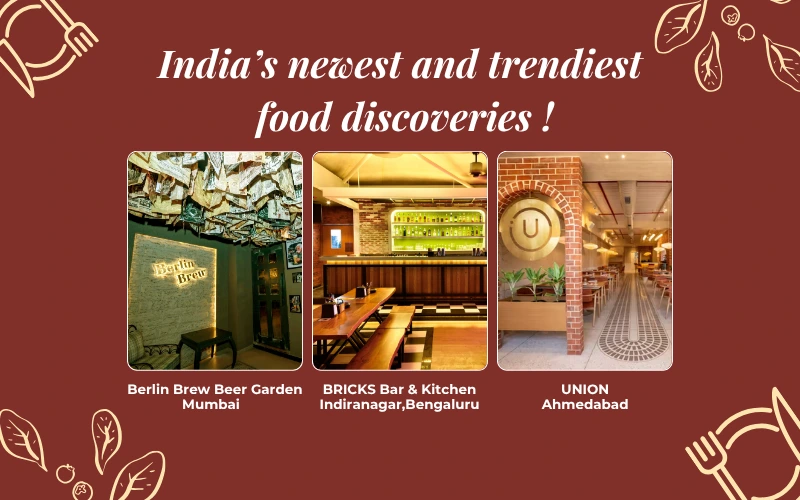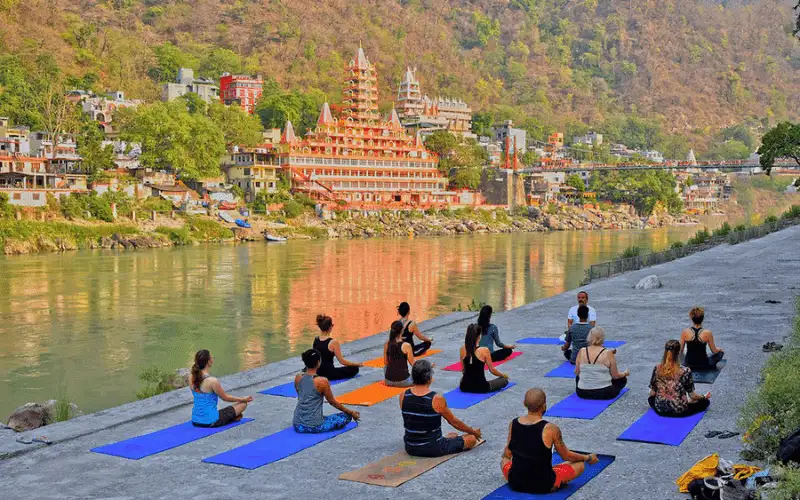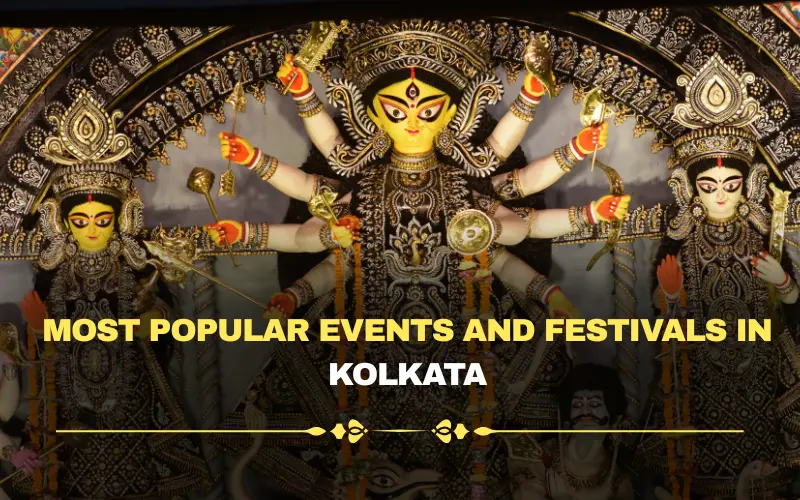Ram Navami, the celebration of Lord Rama’s birth, is a vibrant and immersive Hindu festival. This year, embark on a unique pilgrimage across India, experiencing the diverse ways different regions commemorate this auspicious occasion. Dhanush Kumar writes about the seven magnificent temples during Ram Navami.
Ayodhya, Uttar Pradesh

No Ram Navami pilgrimage is complete without visiting Ayodhya, the birthplace of Lord Rama. Witness the grandeur of the newly built Ayodhya Ram Temple, a majestic structure that embodies the devotion of millions. Participate in the vibrant ‘Shobha Yatra,’ a grand procession adorned with colourful floats and lively music. Immerse yourself in chanting hymns and kirtans that fill the air with holiness and joy.
Sitamarhi, Bihar

Embark on a journey to Sitamarhi, the birthplace of Goddess Sita. The Janaki Mandir, dedicated to the revered Sita, becomes the focal point of celebrations. Witness the temple adorned in its finest, resonating with the chants of devotees offering prayers. Participate in the vibrant ‘Sitamarhi Ram Vivah,’ the celestial wedding of Rama and Sita, a truly mesmerizing experience.
Bhadrachalam, Telangana

Nestled amidst the serene banks of the Godavari River, Bhadrachalam beckons with its spiritual charm. The Rama Temple, built by Sri Ramadasu, comes alive during Ram Navami. Witness the Sita Rama Kalyanam, the wedding ceremony of Rama and Sita, a spectacular display of devotion and cultural richness. Immerse yourself in the soulful Bhajan and Kirtan sessions that resonate throughout the temple complex.
Rameswaram, Tamil Nadu

Travel south to Rameswaram, an island town believed to be the place where Lord Rama built the bridge to Lanka. The Ramanathaswamy Temple, known for its intricate corridors, has become the heart of celebrations. Witness the Ratha Yatra, a chariot procession carrying the idols of Rama, Sita, Lakshmana, and Hanuman, traversing the streets amidst the cheers of devotees. Experience the unique Teerth Yatra, a holy dip in the 22 wells within the temple complex, considered highly auspicious.
Vontimitta, Andhra Pradesh

Venture to Vontimitta, a small town renowned for its unique Ram Navami celebrations. Witness the city transform into a light canvas, with houses and streets adorned with countless diyas, creating a mesmerizing spectacle. Participate in the Bhajan Sandhya, an evening filled with devotional songs and cultural performances that foster community and shared devotion.
Kanak Bhawan, Ayodhya

Step back in time at Kanak Bhawan, a historical place in Ayodhya known for its exquisite architecture and intricate carvings. During Ram Navami, the palace transforms into a cultural hub, hosting various events and performances. Witness captivating Ramlila enactments depicting the life of Lord Rama and be mesmerized by the soulful renditions of devotional music.
Sree Seetha Rama Chandra Swamy Temple, Allampally

Sree Seetha Rama Chandra Swamy in Allampally is an ancient temple known for its atmosphere and intricate carvings. The temple attracts devotees from far and wide during Ram Navami. Witness the elaborate Abhishekam ceremonies performed on the idols of Rama, Sita, and Lakshmana. Participate in the Bhajan sessions that resonate within the temple walls, creating a sense of peace and tranquillity.
Conclusion
Embarking on this pilgrimage is not just about visiting temples; it’s about experiencing the essence of Ram Navami first hand. Witness the unwavering faith, vibrant cultural tapestry, and community spirit that come alive during this sacred festival. Let your journey be one of self-discovery, cultural immersion, and creating memories that will last forever with you.



























